Solar Power = Water = Life
My unique ocean-crossing kayak needs an electrical source to power its numerous electronics required for me to achieve this heady task awaiting me. The biggest consumer of electricity, which is the most important aspect of my journey, is the water maker. Electricity can be generated using solar panels or wind generators.
In my case: Solar Power = Water = Life
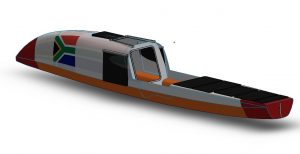
As there are so few kayak crossings, my research focused on ocean-rowing boats. I found that the majority of them experienced some sort of power problem during their crossings, so I need to ensure that I avoid similar issues.
The power generation and storage system for crossing has been designed by Tiaan Oosthuizen, a Tshwane University of Technology Solar Team Member & PhD student. Tiaan has studied the average sunshine for the past 22 years over the entire route I will be paddling. He has based the power generation requirements with this data against the power consumption expected by the electronics on board. Isn’t science and technology just great?
The daily average sun yield will decrease by almost half the closer I paddle to Brazil. When I leave Cape Town’s shores, there should be about 3kWh/day reducing to 1,8kWh/day near Salvador. The solar system I will be using is meticulously designed with a worst-case scenario in mind. Safety first!
Solar Panels
Solar Panels are often used for electrical generation in rowing boats, and reliably produce energy for its systems. However, in foggy, overcast, or rainy conditions their output is significantly reduced. Considering the nature of this kayak and the limited space available, flexible solar panels are best suited for my daily requirements.
Performance is in direct ratio to cost, and unfortunately they are not cheap. A unique design departure that will dramatically increase solar power output are the two lifting and tilting side panels on the front compartment. Total solar array is 380watts.
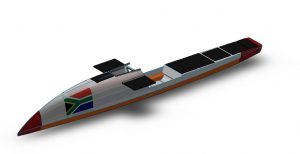
Wind Generators
Cost for cost they can produce more energy than solar panels. But of course they rely on steady winds and should be mounted as high as possible to get the least interrupted wind.
On a small kayak the main concerns are the weight and resistance of a wind generator and the negative effect this has on the stability of the boat. Considering that the average winds are expected to reach 12 to 15 knots, less my kayak speed, will give me an average of say 10 knots (5.2m/s) of wind. Looking at the graph below it is evident that there is not enough wind speed for efficient use of a wind generator.
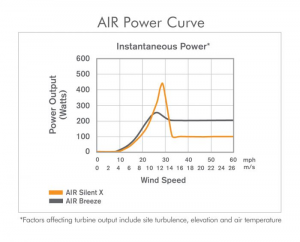
Solar Controller/Charger
A maximum power point tracker (MMPT) is an electronic DC to DC converter that optimises the match between the solar array (PV panels) and the battery. To put it simply, they convert a higher voltage DC output from solar panels down to the lower voltage needed to charge batteries. MPPT controllers are 93-97% efficient. The charging information will be available to me via a Bluetooth app.
Batteries
It is necessary to store the energy from the solar panels or wind generators and this will be done using two 12V 100ah LiFePO4 batteries. Traditionally marine deep cycle lead acid batteries have been used, but they only allow a maximum of 50% discharge and ideally as little as 20%. This would require at least twice the battery capacity compared to lithium-ion phosphate (LiFePO4). LiFePO4 batteries can be discharged to a much lower state of charge without damage. However they do come with a hefty cost penalty.
BMS (Battery Management System)
The two 12V 100ah LiFePO4 batteries come with a built-in BMS. It is the brains behind battery packs. They manage the output, charging and discharging, while also providing notifications on the status of the battery pack. They also provide critical safeguards to protect the batteries from damage.
Controlling the over and under voltage, overcurrent and short-circuit protection, over temperature and cell imbalance, the BMS monitors the battery to ensure safety and maximum lifetime over the full range of operating conditions. Most importantly, everything I need to ensure I remain hydrated! Water = Life.
Below is an overview of the power system
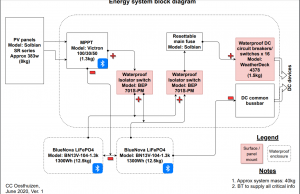
Keep paddling!

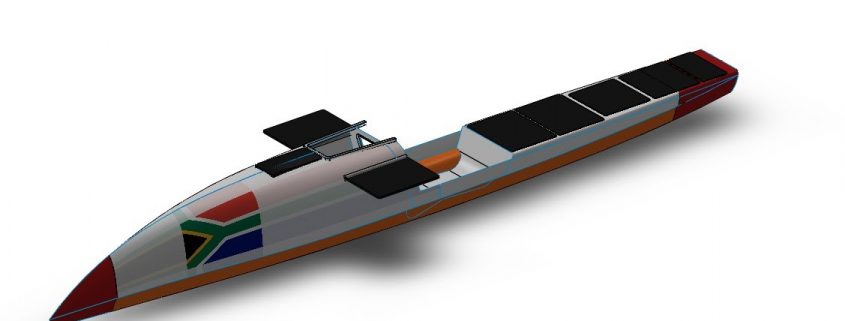


Leave a Reply
Want to join the discussion?Feel free to contribute!